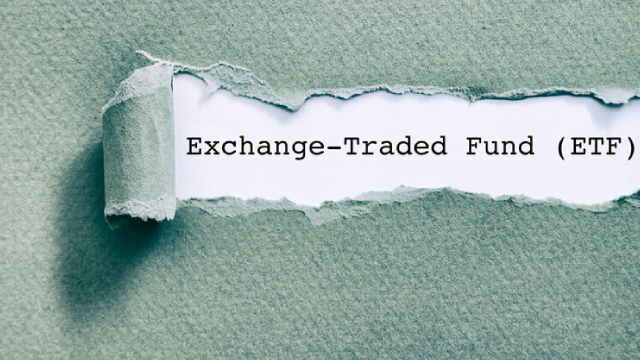The S&P 500 has dropped 7.7% since its post-inauguration peak on February 19 (per Reuters), with investors bracing for further turbulence following the implementation of tariffs.
President Donald Trump introduced and enacted a two-step tariff strategy on Wednesday, marking the implementation of his “Liberation Day” plans. A baseline tariff of 10% will be imposed on imports from various countries starting April 5.
Additional duties will be levied on select nations deemed the worst offenders, taking effect on April 9. Trump stated that these extra rates were determined based on both tariff and non-tariff barriers that have long been criticized.
With uncertainty surrounding the extent of future tariffs and the likely retaliation, market participants are searching for protective assets that can weather economic downturns and inflationary pressures.
Potential for Further Market Declines
The S&P 500 is currently valued at 20.4 times earnings estimates for the next 12 months, significantly above the historical average P/E ratio of 15.8, according to LSEG data, as quoted on Reuters. This raises questions about whether protectionist trade policies could dampen business confidence, increase inflation, and trigger a recession or stagflation—a combination of slow growth and high inflation.
Defensive ETF Investment Strategies
To mitigate tariff-related risks, investors are turning to assets that offer stability. Below we highlight a few exchange-traded funds (ETFs) that could be beneficial for investors.
Commodities and Precious Metals – SPDR Gold Shares (GLD – Free Report)
Gold has been an area to watch lately, given the rise in volatility and increased safe-haven demand driven by the anticipated U.S. tariff threats and escalating geopolitical tensions. The likelihood of the Fed reducing interest rates this year further supports the rally in gold prices, boosting the fund’s prospects. Central banks’ increasing purchases of the precious metal have also boosted gold prices.
Small-Cap Companies – iShares Russell 2000 ETF (IWM – Free Report)
Gustaf Little, Senior Portfolio Manager at Allspring, sees the possibility of a broader shift toward de-globalization, which could benefit small-cap firms that are less dependent on global trade, as quoted on Reuters. Small-caps are more dependent on domestic economies and are less exposed to trade tensions.
Value and Defensive stocks – Utilities Select Sector SPDR ETF (XLU – Free Report)
The utility stocks also get a safe-haven tag. Utilities provide essential services such as electricity, water and natural gas, which people and businesses rely on regardless of economic conditions. This makes the sector non-cyclical, meaning demand remains stable even during recessions.
Utilities can often pass increased costs to consumers through regulated rate adjustments. Moreover, the latest AI boom has brightened the demand for utilities even more as this sector satisfies the AI industry’s energy needs (read: Time for Defensive Sector ETFs?).
Short-Term Bonds – iShares Short Treasury Bond ETF (SHV – Free Report)
A slowing U.S. economy (if at all happens) will cut inflationary concerns. Many analysts are favoring short-term U.S. treasuries, expecting them to benefit more from future interest rate cuts by the Federal Reserve. Short-term bonds have lesser interest rate and default risks. Moreover, some short-term bond ETFs offer hefty yields. The SHV ETF yields 4.79% annually.
Dividends – ProShares S&P 500 Dividend Aristocrats ETF (NOBL – Free Report)
Dividend-paying stocks provide a steady income stream and help mitigate potential losses during weaker market periods. These stocks offer the best of both worlds — safety in the form of payouts and stability in the form of mature companies that are less volatile to the large swings in stock prices.
High-quality dividend ETFs like NOBL with a history of consistent dividend payments and growth can offer both income and the potential for capital appreciation over the long term (read: Tap Dividend ETFs as Wall Street Wobbles).
Multi Asset ETFs – SPDR SSgA Multi-Asset Real Return ETF (RLY – Free Report)
The ETF looks to provide exposure to domestic and international inflation protected securities, real estate securities, commodities, infrastructure companies, and companies in natural resources and/or commodity businesses which may include agriculture, energy, and metals and mining companies as well as industrial, and utility companies. The ETF RLY yields 3.01% annually.
Financial Market Newsflash
No financial news published today. Check back later.










